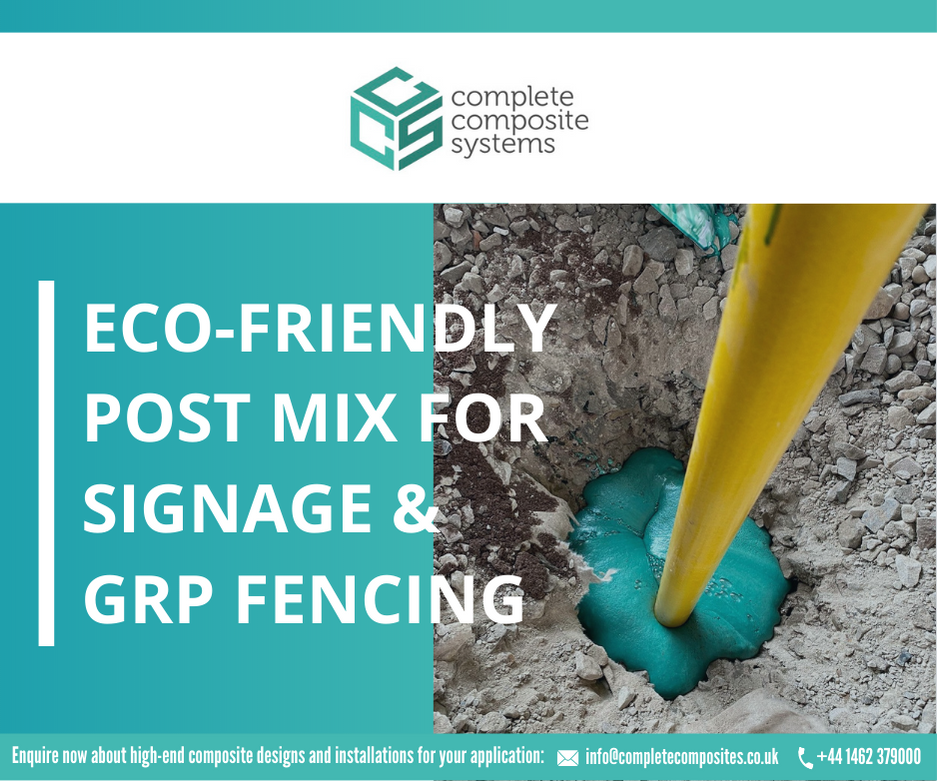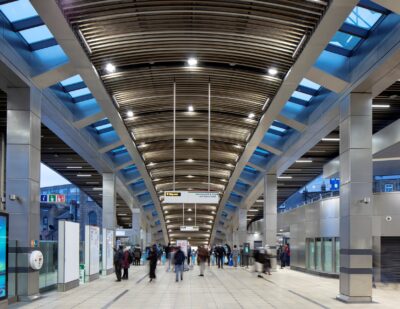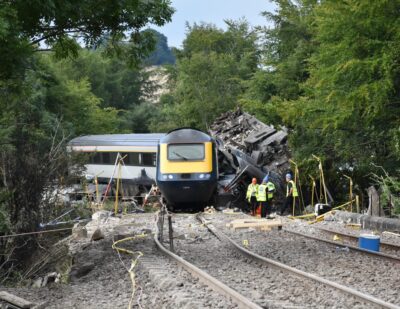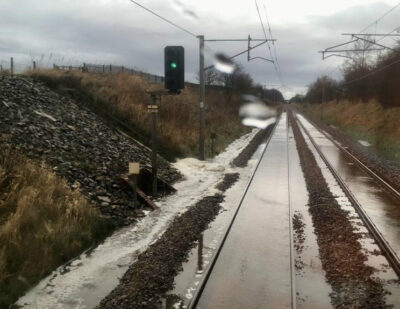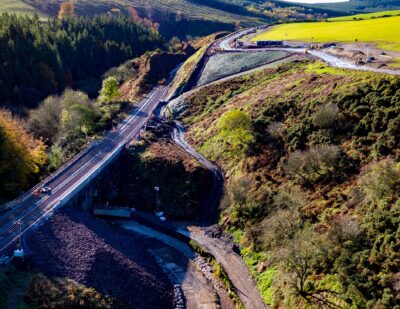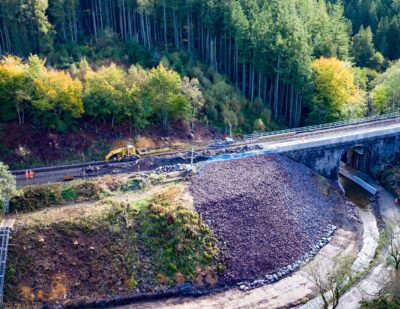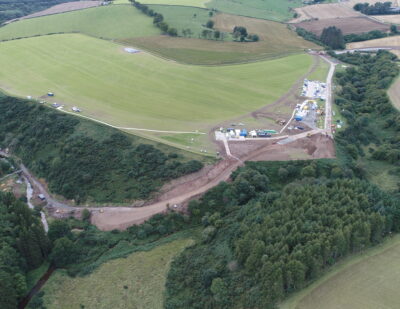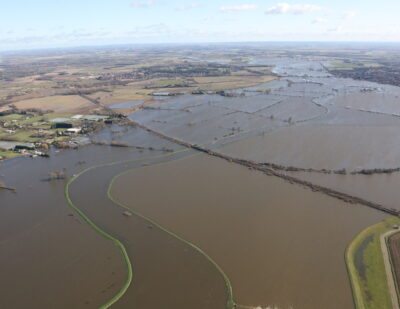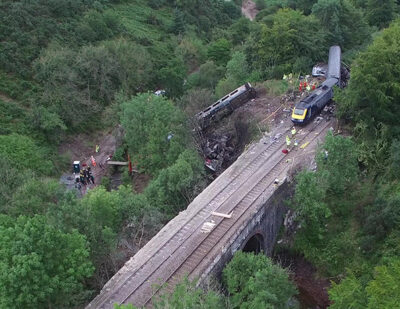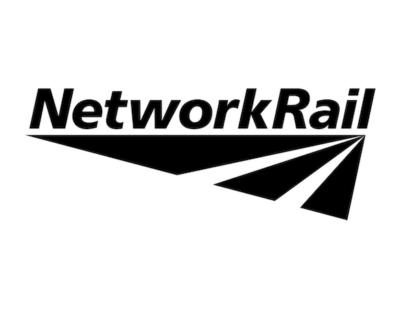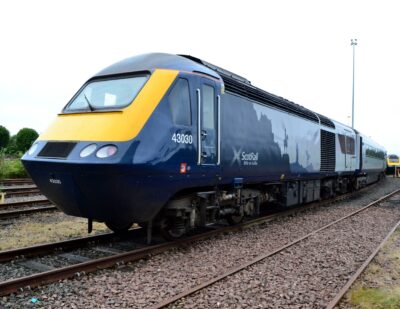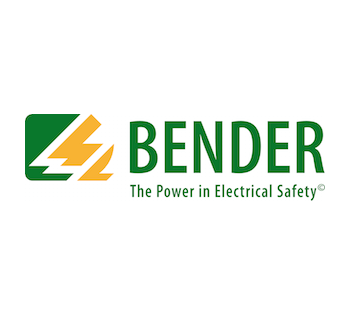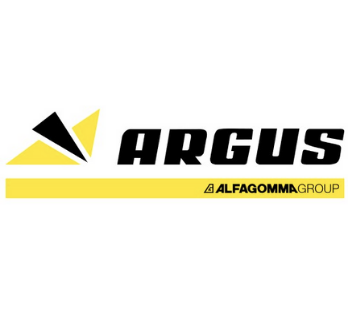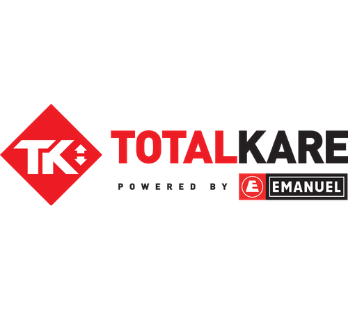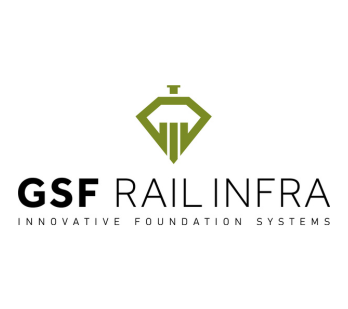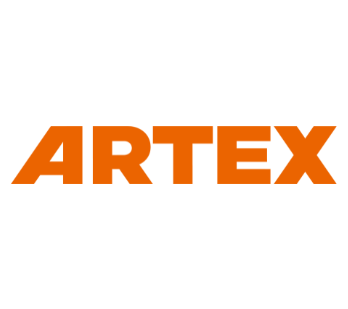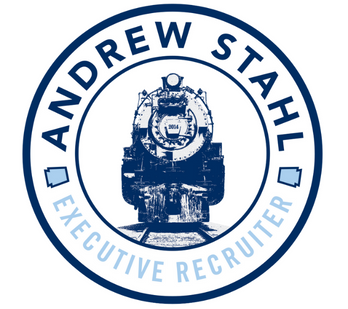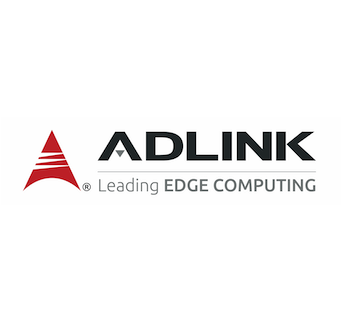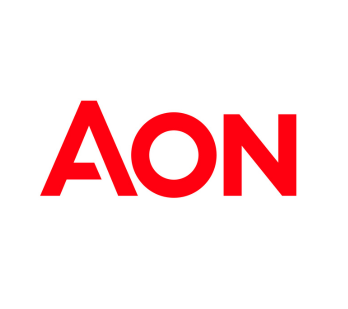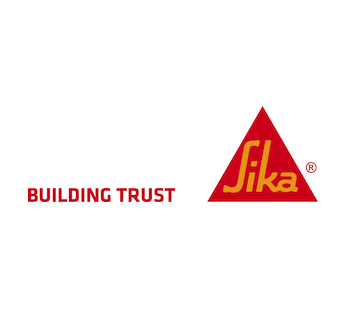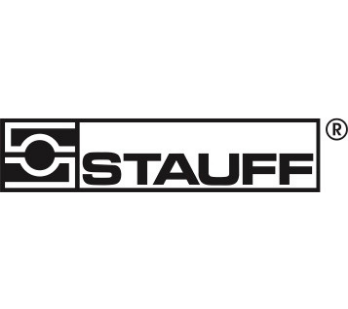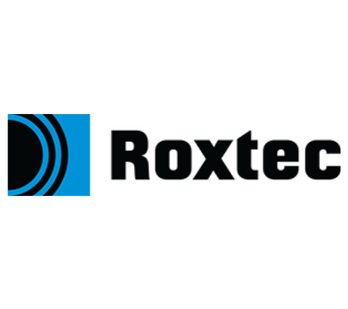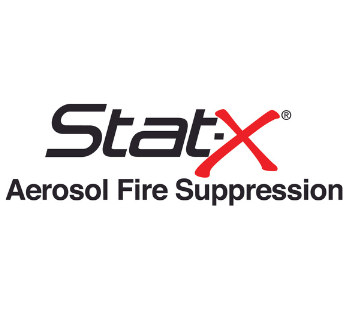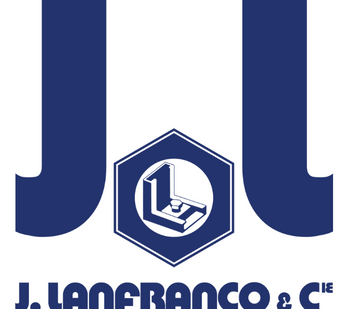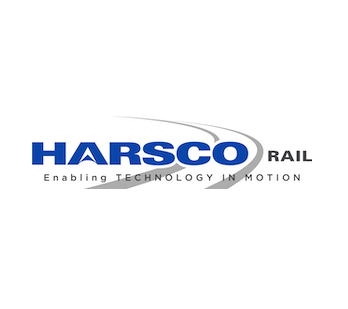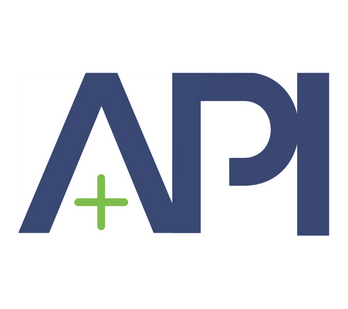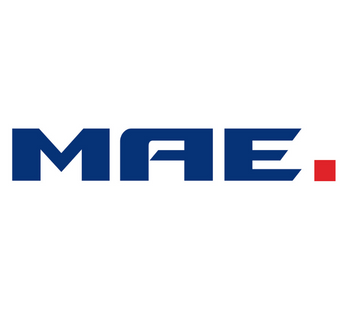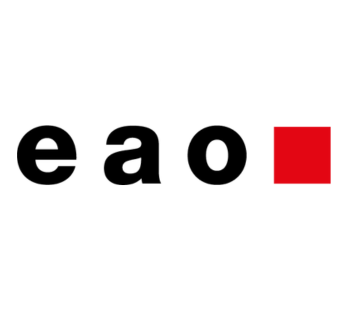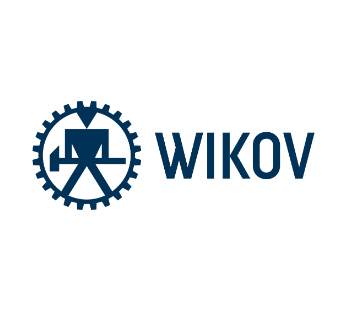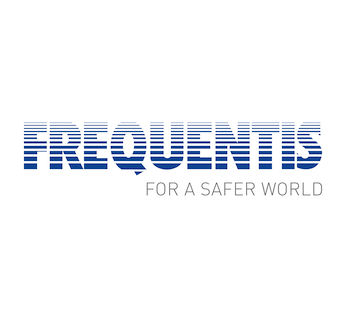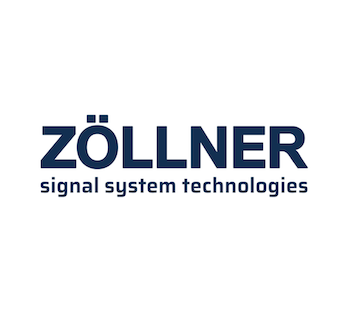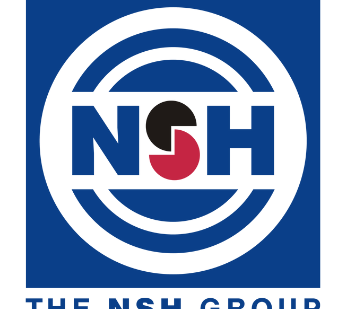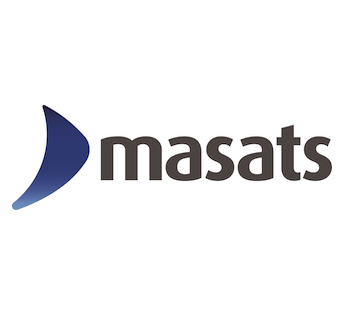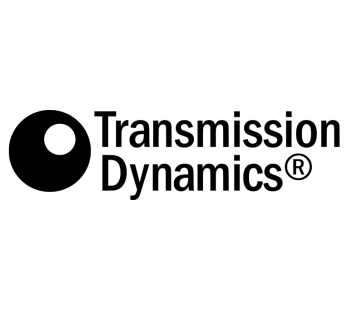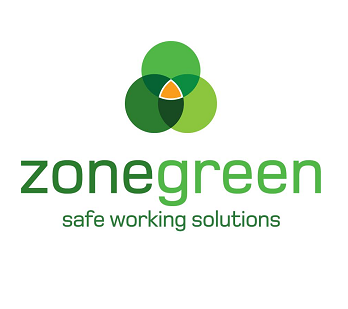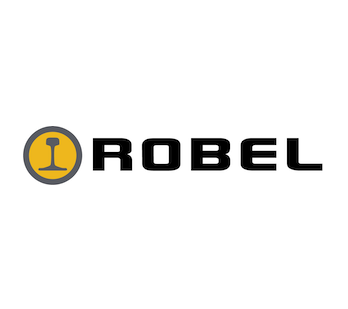Network Rail has today (10 September) published its interim report on the Stonehaven derailment (Scotland), which was commissioned by the Secretary of State for Transport, Grant Shapps following the incident on 12 August.
The report details the immediate and longer-term actions that can be taken to make the railway more resilient to the effects of climate change. Since this derailment occurred after the train collided with a landslip on the tracks following heavy rainfall, the report focuses on the management of earthworks (embankments and cuttings) and drainage infrastructure in particular.
It is not the purpose of the report to pre-empt the on-going independent investigations conducted by the Rail Accident Investigation Branch (RAIB) or those by the Office of Rail and Road (ORR), the British Transport Police (BTP) and Police Scotland.
The report is structured to provide insight into Network Rail’s current practices with regards to earthworks and drainage management, before outlining what immediate actions it can take to manage risk and build confidence. It then presents long-term plans to improve the network’s resilience to climate change before discussing the necessary investment.
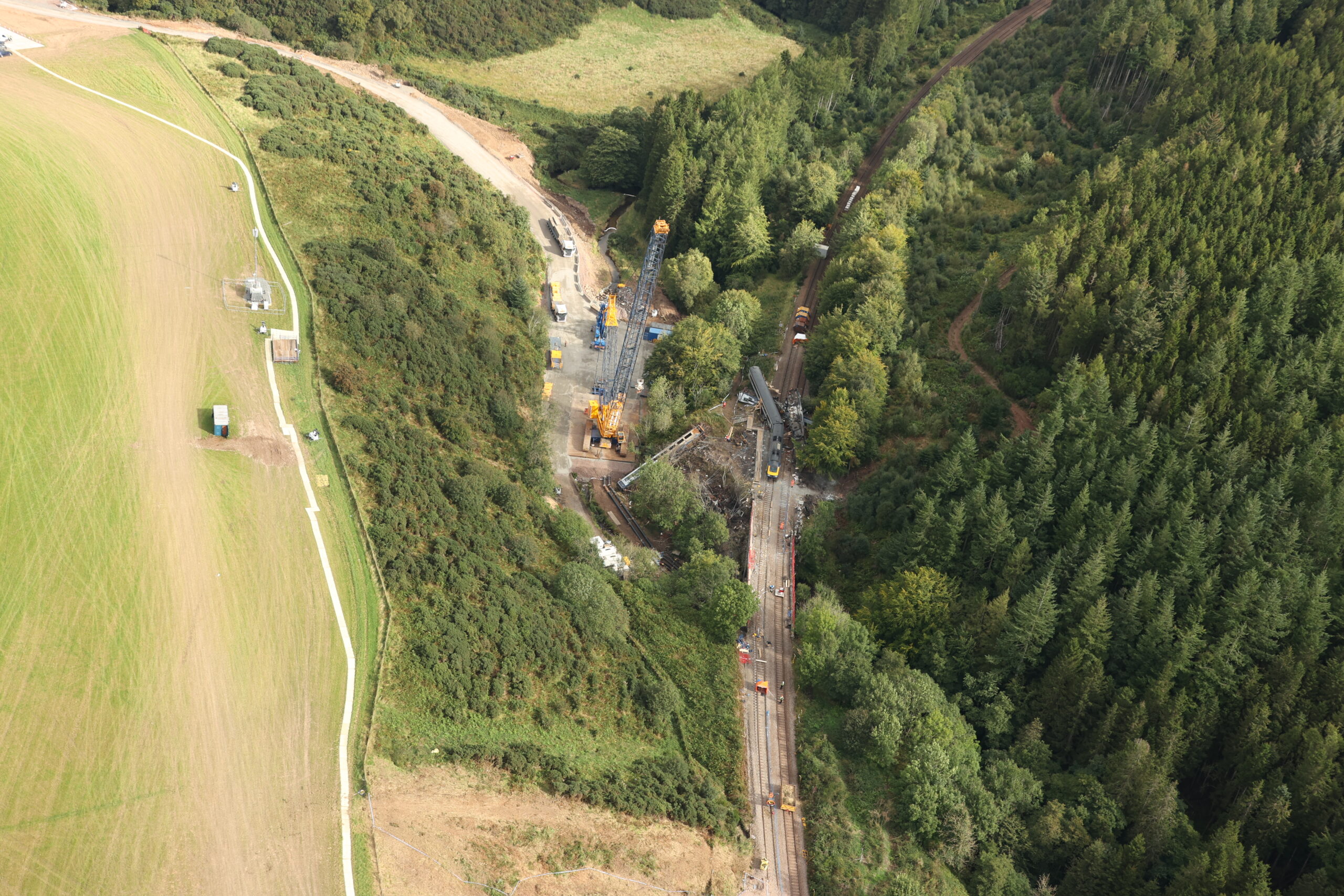
Key Risk Management Strategies
Some of the key strategies, the report says, to manage the risk associated with climate change and the resulting severe weather events are to increase the use of technology across the network to predict failures, and to pursue improved forecasting so that local decisions about imminent weather events can be made. Network Rail is now working to speed up the development and deployment on this technology.
In its report, Network Rail also says that the rules for reporting and responding to heavy rainfall will be improved and strengthened so that signallers are better able to manage services during adverse weather. There is to be more collaboration with meteorologists to increase understanding of how real-time information can be used more effectively to inform train operations about unpredictable extreme weather.
Hundreds of sites have been inspected over the past three weeks to identify any issues that might require emergency intervention.
This interim report will be followed by a more detailed final report, which will be published in due course. It will address what can be accelerated and where, especially with regards to more technology that would tell Network Rail where to focus its attentions and improve warnings.
Stonehaven Earthworks Risk Assessment
Network Rail currently allocates funding based on need, i.e. it works its way from highest-risk to lowest-risk assets, stating in the report that “Infrastructure improvements are targeted to locations where we have identified the greatest safety risks. {…} Our investment is carefully prioritised to locations assessed as higher risk…”.
Network Rail goes on to say in the interim report that the Stonehaven earthworks “were last inspected in June 2020 and scored as having a low to medium likelihood of failure”. Accordingly, the report states that “…we have commissioned a piece of work to improve the way our inspections can identify assets most susceptible to failure”.
Technological Strategies
Among the technologies Network Rail cited that would help it manage its earthworks better, it listed tiltmeters, which are used extensively for volcano monitoring. These detect sudden ground movements. Network Rail also wants to ramp up remote monitoring and sensing, the algorithmic interpretation of data, the use of aerial-derived laser surveying using helicopters and drones, train-borne surveying and asset monitoring using telemetry, noting that it had installed telemetry at more than 200 locations. Lastly, it wants to harness machine learning to enhance its earthworks risk hazard scoring.
Mitigating the Impact of Derailments
Cutting failures are more serious and harder to predict than embankment failures. The report notes that it is “not economically viable to strengthen all sub-standard infrastructure slopes” and that “we expect there will still be earthwork failures as a result of challenging weather”. One strategy therefore is to mitigate the impact of a derailment, for example by keeping the train close to the line of the track. The Rail Safety and Standards Board (RSSB) is examining this in a project entitled “Devices to Guide Derailed Trains”, which looks at best-practice train design and criteria for where extra check rails could be fitted. This report is due to be published later in 2020.
